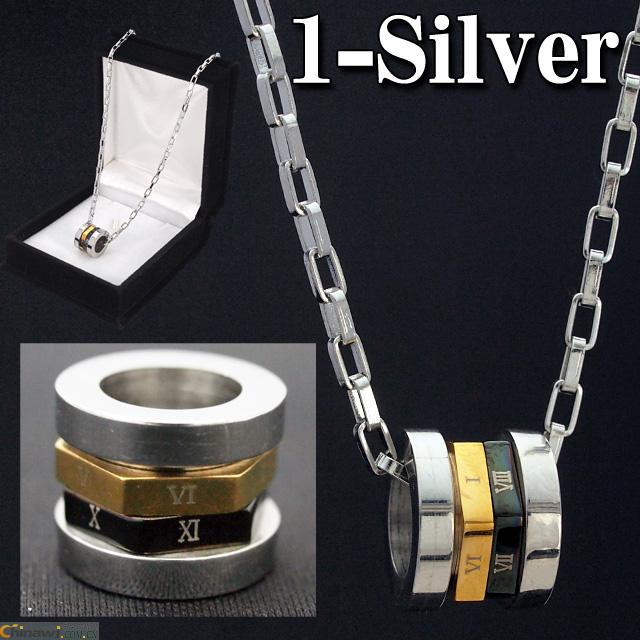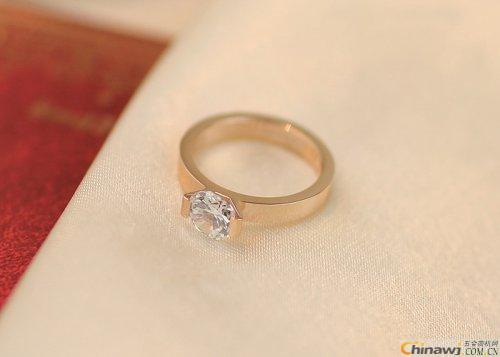A brief description of the production process of stainless steel jewellery, the most common of which include wire cutting, latheing, stamping, casting, polishing, etc.

The manufacturing process of steel jewelry mainly includes:
(1) Wire cutting: Using different sizes of molybdenum wire (one kind of metal, high hardness), use a wire cutter to cut out the jewelry shape at a very slow speed, and then polish it all by hand. The more complicated and Difficult style, the slower the shipment.
(2) Precision die-casting: firstly, the sample is carved out with wax, and then placed in a special gypsum, dewaxed, the raw material is dissolved at a high temperature of 1500-2000 degrees, and then poured into a plaster mold. Then pressurized. Demoulding, Then, all hands polished. Because die casting requires a special plaster mold, the price is different.
(3) Polishing surface: Apply polishing wax on the high-speed rotating cotton polishing wheel, and then touch the cloth to make the surface bright, and also reflect light. Some customers have misunderstood it. It is electroplated. In fact, it is not electroplated. Because steel jewelry is made of the same material inside and outside, it only needs to be polished to have a mirror effect. There are electroplated goods, we have instructions.
(4) Pulling the sand surface: use sandpaper tape to make the surface of the jewelry into a matte effect (light does not reflect), so that the surface has a matte effect.
(5) Sand blasting: The main working principle of sand blasting is: placing sand (very fine abrasive, silver gray) in water, using a grinding pump and compressed air, and spraying the grinding liquid at high speed onto the surface of the steel jewelry through a spray gun to form A layer of silver-gray coating makes the jewelry more upscale, and it is not easy to decolorize, and it is more popular among people of all tastes.
(6) Vacuum plating: vacuum plating mainly includes several types of ion plating, vacuum evaporation, sputtering plating and ion plating, which are also called nano-electroplating method. They are all used under vacuum, by distillation or sputtering. In this way, various metal and non-metal films are deposited on the surface of the object. In this way, a very thin surface coating can be obtained, and at the same time, it has the outstanding advantages of fast manufacturing speed and low color fading, but the price is also high, and the type of metal that can be operated is high. Less, generally used for functional coatings of higher-grade jewelry and watches.
(7) Inlaid resin: (also called: Epoxy, hard plastic) First, use high temperature to heat the jewelry, and then apply the resin to the jewelry. Because it is heated, it is not easy to fall off during the wearing process.
(8) Inlaid zircon: There are two main types, one is glued with AB, because it is a special glue, so it is very firm. The other is that the machine is pressed, the workmanship is complicated, it is very firm, and the workmanship is fine, but the price is more expensive than the glue with AB.
(9) Carbon fiber: It is expensive, but it is used in jewelry. As the line of sight moves, the effect is three-dimensional and very beautiful. Carbon fiber is a kind of fibrous carbon material. It is made of some carbon-containing organic fibers, such as nylon wire, acrylic fiber, rayon, etc., and these organic fibers are combined with plastic resin and placed in an inert atmosphere. Strengthened thermal carbonization under a certain pressure. Carbon fiber is a new type of material that has electrical conductivity, high strength, low density, corrosion resistance and high temperature resistance. A composite material made of carbon fiber and plastic can replace the aluminum alloy to make a light aircraft with large thrust, low noise and low power consumption. Used in jewelry to make the surface a three-dimensional fiber, with light reflection will move down your line of sight. Make the style more special, fully show the trend.
Http://news.chinawj.com.cn Submission:
Submission: 

The manufacturing process of steel jewelry mainly includes:
(1) Wire cutting: Using different sizes of molybdenum wire (one kind of metal, high hardness), use a wire cutter to cut out the jewelry shape at a very slow speed, and then polish it all by hand. The more complicated and Difficult style, the slower the shipment.
(2) Precision die-casting: firstly, the sample is carved out with wax, and then placed in a special gypsum, dewaxed, the raw material is dissolved at a high temperature of 1500-2000 degrees, and then poured into a plaster mold. Then pressurized. Demoulding, Then, all hands polished. Because die casting requires a special plaster mold, the price is different.
(3) Polishing surface: Apply polishing wax on the high-speed rotating cotton polishing wheel, and then touch the cloth to make the surface bright, and also reflect light. Some customers have misunderstood it. It is electroplated. In fact, it is not electroplated. Because steel jewelry is made of the same material inside and outside, it only needs to be polished to have a mirror effect. There are electroplated goods, we have instructions.
(4) Pulling the sand surface: use sandpaper tape to make the surface of the jewelry into a matte effect (light does not reflect), so that the surface has a matte effect.
(5) Sand blasting: The main working principle of sand blasting is: placing sand (very fine abrasive, silver gray) in water, using a grinding pump and compressed air, and spraying the grinding liquid at high speed onto the surface of the steel jewelry through a spray gun to form A layer of silver-gray coating makes the jewelry more upscale, and it is not easy to decolorize, and it is more popular among people of all tastes.
(6) Vacuum plating: vacuum plating mainly includes several types of ion plating, vacuum evaporation, sputtering plating and ion plating, which are also called nano-electroplating method. They are all used under vacuum, by distillation or sputtering. In this way, various metal and non-metal films are deposited on the surface of the object. In this way, a very thin surface coating can be obtained, and at the same time, it has the outstanding advantages of fast manufacturing speed and low color fading, but the price is also high, and the type of metal that can be operated is high. Less, generally used for functional coatings of higher-grade jewelry and watches.
(7) Inlaid resin: (also called: Epoxy, hard plastic) First, use high temperature to heat the jewelry, and then apply the resin to the jewelry. Because it is heated, it is not easy to fall off during the wearing process.
(8) Inlaid zircon: There are two main types, one is glued with AB, because it is a special glue, so it is very firm. The other is that the machine is pressed, the workmanship is complicated, it is very firm, and the workmanship is fine, but the price is more expensive than the glue with AB.
(9) Carbon fiber: It is expensive, but it is used in jewelry. As the line of sight moves, the effect is three-dimensional and very beautiful. Carbon fiber is a kind of fibrous carbon material. It is made of some carbon-containing organic fibers, such as nylon wire, acrylic fiber, rayon, etc., and these organic fibers are combined with plastic resin and placed in an inert atmosphere. Strengthened thermal carbonization under a certain pressure. Carbon fiber is a new type of material that has electrical conductivity, high strength, low density, corrosion resistance and high temperature resistance. A composite material made of carbon fiber and plastic can replace the aluminum alloy to make a light aircraft with large thrust, low noise and low power consumption. Used in jewelry to make the surface a three-dimensional fiber, with light reflection will move down your line of sight. Make the style more special, fully show the trend.
Http://news.chinawj.com.cn
 Submission:
Submission: 
Wall-Mounted Fume Exhaust,Wall-Mounted Fume Exhaust System,Laboratory Wall-Mounted Fume Exhaust,Wall-Mounted Fume Exhaust Hood
NARWILL IMPORT&EXPORT CO.LTD , https://www.narwill.com